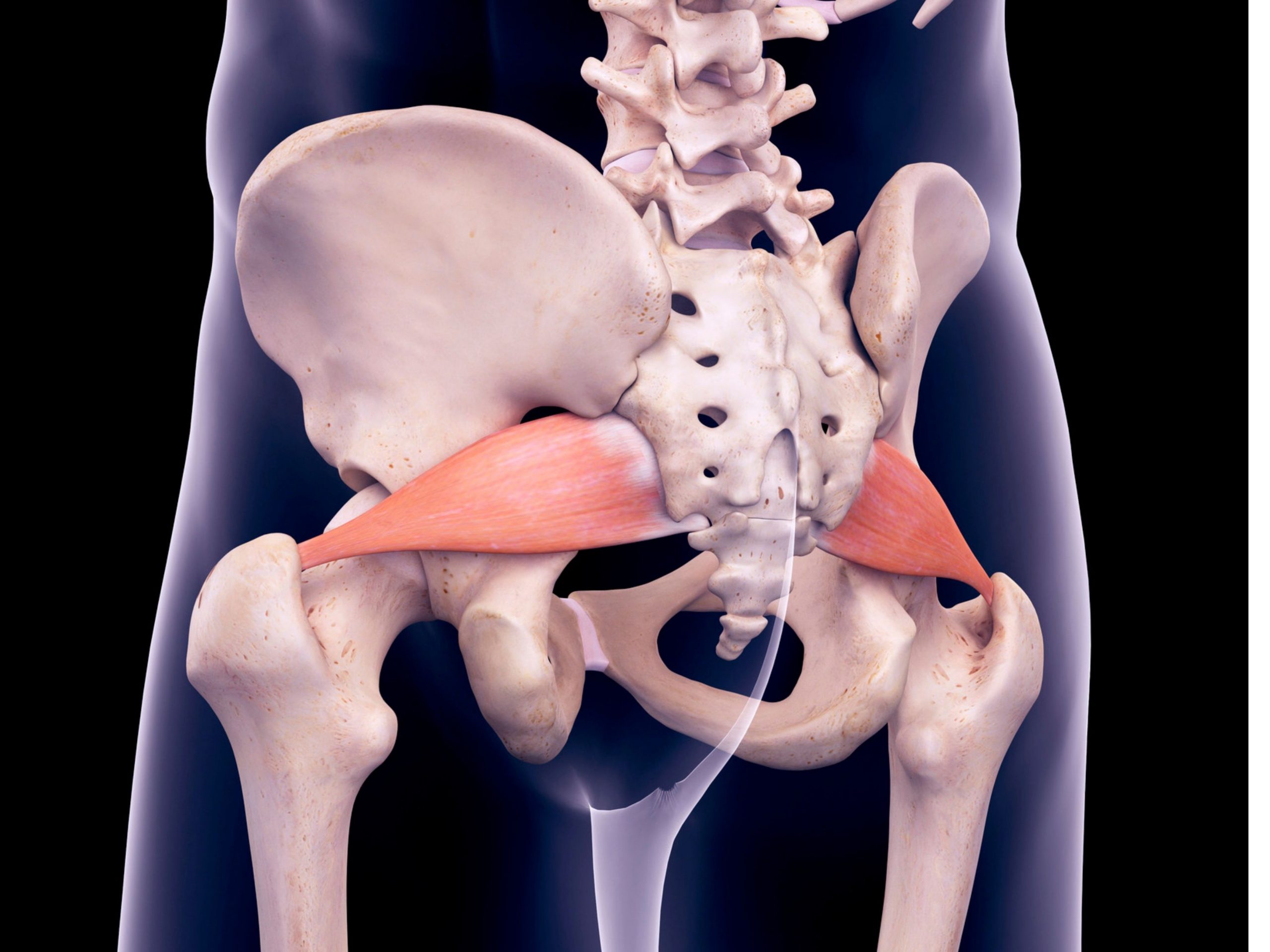8 thighs you should know about piriformis syndrome
1. What is piriformis syndrome?
Piriformis syndrome is a condition which causes pain in the buttock area. This pain may radiate to the back of a leg in cases where the sciatic nerve is compromised. This happens due to a spasm of the piriformis muscle, which is located deep in the buttock area and is very close to the sciatic nerve.
2. What causes piriformis syndrome?
There are few causes for the development of piriformis syndrome. The most common are the overuse of the muscle and sports related trauma. Prolonged sitting on a regular basis can also contribute to the development of the piriformis syndrome because muscle is constantly being compressed.
There are some biomechanical considerations which may predispose the development of piriformis syndrome. Experts suggest that the piriformis syndrome is more prevalent in women than men because of the increased Q angle, which is due to a wider pelvis. They also estimate that 22% of the population have the sciatic nerve going right through the piriformis muscle which makes them more susceptible to development of piriformis syndrome with radiations to the back of a leg.
3. What are the symptoms of the piriformis syndrome?
Most common symptom is pain in the buttock area during the inactivity for 15 min and longer. Because piriformis muscle is very close to the sciatic nerve, you may also experience many other symptoms such as:
- Shooting pain radiating at the back of the leg down to a foot (sciatica).
- Lose or altered sensation at the back of the leg or foot.
- Tingling or pins and needles radiating to the back of a leg and foot.
- Numbness at the back of a leg and foot.
- Loss of strength of the foot and ankle (feels like one foot is dragging).
- Difficulty walking.
4. How do I treat the piriformis syndrome?
First, experts recommend a conservative, non-invasive treatment approach. It can include, but is not limited to, deep tissue or sports massage, physiotherapy which may include stretching; foam rolling and strengthening exercises for your hips and core area; and osteopathy which may offer a variety of joint mobilisation/manipulation and muscle tension release techniques. Acupuncture, yoga and Pilates are also effective types of exercises in some cases. Moreover, postural and lifestyle education can also have a significant impact on the recovery.
5. How long does it take for the piriformis syndrome to recover?
In most cases it only takes a few days to a few weeks for the piriformis syndrome to get fully better. However, there are cases where piriformis syndrome might not respond to the conservative treatment and might require an invasive approach.
6. Does piriformis syndrome need an operation?
It can, but in very few cases. For example, if the piriformis syndrome is caused due to unique biomechanics such as when the sciatic nerve is running through the piriformis causing the muscle to irritate the nerve constantly. It is then less likely that conservative treatment will have a long lasting effect, hence, a health practitioner may suggest an operation. Also, in cases where the conservative treatment was ineffective an invasive procedure might be considered.
7. What procedures are available for the piriformis syndrome?
To treat the piriformis syndrome which does not respond to the conservative treatment, corticosteroid injection, surgical release of piriformis and decompression of the sciatic nerve operations are available:
- Corticosteroid injection – is an injection of manmade steroidal hormones into the affected area. It helps to reduce the inflammation of the tendon/muscle most of the time resulting in symptom relief.
- Surgical release of piriformis – is an operation where the piriformis muscle is being cut at the attachment of the head of the femur, which is the top of our thigh bone, in order to reduce the tightness of the muscle.
- Decompression of the sciatic nerve – Is the operation where piriformis muscle is cut at the compression point of the sciatic nerve in order to relieve the compression.
8. Can I exercise with piriformis syndrome?
Yes, you can, and you should. However, try to avoid any type of physical activity that makes your symptoms worse. We would recommend you consult a healthcare professional trained in exercise prescription for optimal exercise routine which would help you to keep active without making your symptoms worse.
We hope this information is useful for you. If you need advice or have any questions about our treatments, please contact us. You can find us 3 mins away from Angel station in Islington. We are always happy to help. If you like this blog, please share!
References:
https://www.ncbi.nlm.nih.gov/pmc/articles/PMC2997212/pdf/586_2010_Article_1504.pdf




Thank you for the great advice. I’m a Nurse and the pain is over bearing. After 12 hours I can hardly walk
Hi Angela,
Piriformis syndrome is mainly as a result of tight deep gluts muscles. If you stretch your gluts regularly the pain gets better. If you are on your feet all day make sure you wear the right shoes and stretches you hamstring and gluts regularly. If doesn’t get better request a scam of your lumbar, because the pain could be as a result of damage in your lumbar.
Kind Regards,
Yaneth Perea